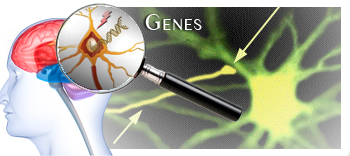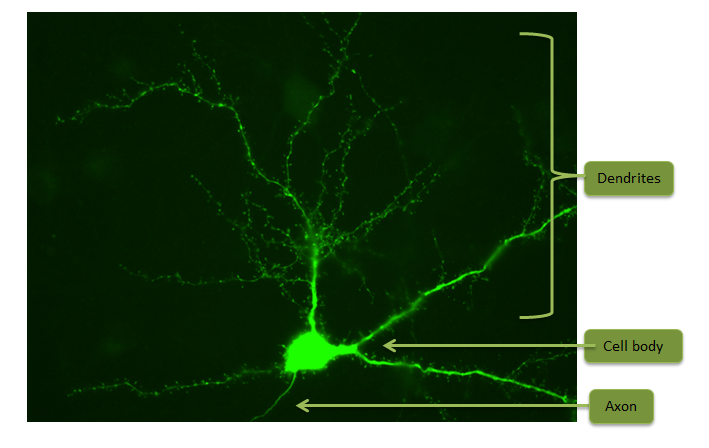How Do Autism Risk Genes Affect Brain Function?
Autism has long been thought to result from abnormal development of brain connections called synapses, but new research highlights the SHANK family as key synaptic players in this spectrum of disorders. Mutations in all SHANK family members (1,2,3) have now been associated with Autism Spectrum Disorders (ASD). Additionally, mouse models of ASD generated by mutating SHANK2 mimic core behaviors of ASD. These mouse models could be a powerful tool for drug discovery, as one group of researchers showed that normal social interaction could be restored by drugs which activate the NMDA receptor.

Brain development is an extremely complicated process. Thousands of genes are involved, and problems with any one of them can alter brain function. Several of the known autism risk genes affect the connections (also called synapses) between brain cells called neurons.
To understand what roles genes play in the brain, let's take a closer look at neuronal development and structure.
Neurons Develop Tree-Like Architecture

Neurons develop in a manner similar to a tree. The cell body acts as the ‘seed’, containing all the information needed to instruct the neuron how to grow. In the right environment, neurons will extend ‘stems’ known as dendrites which will then branch in complex patterns to form a tree-like arbor. In fact, the word dendrite actually originates from the Greek word dendron, meaning tree. Neurons also extend another projection called an axon, which can be thought of as the ‘root’ in our tree metaphor. Whereas dendrites receive information from other neurons, axons send information to other neurons.
Synapses Form Between Axons and Dendrites
Neurons communicate by forming synapses between axons and dendrites. After neurons appear, they can extend axons for long distances in order to reach their appropriate targets. Once there, they branch into axon terminals which form synapses with other neurons via special parts of dendrites called dendritic spines. In the tree metaphor described above, dendritic spines can be thought of as the ‘leaves’ of the dendritic branches.

